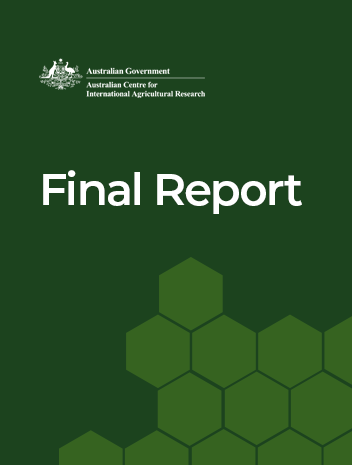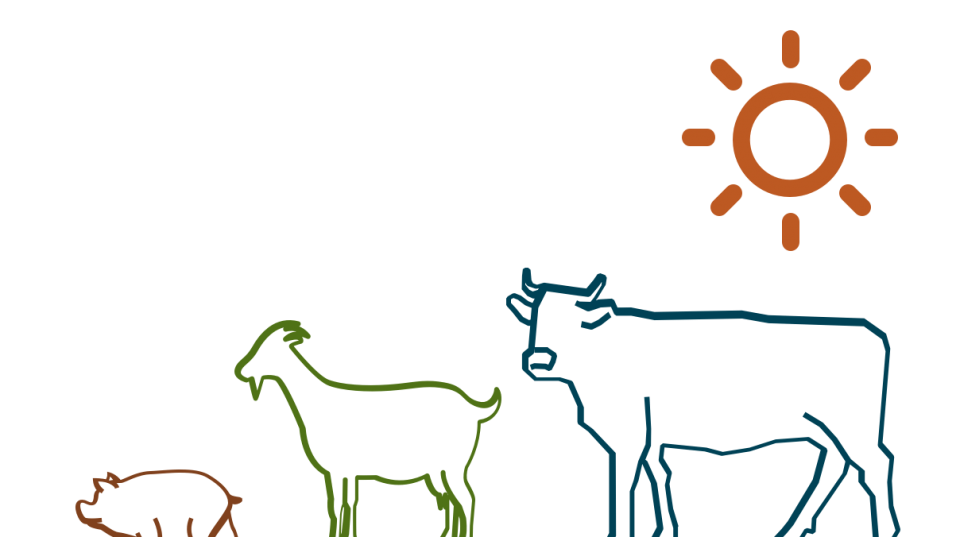Overview
This project aimed to lift rural incomes in Indonesia and Australia through researching issues limiting the uptake of forage tree legumes feeding practices.
Provincial agencies in West Nusa Tenggara and East Nusa Tenggara have indicated that increasing sales of fattened cattle is one of the most important ways to improve the incomes of the rural poor. Their fattening systems are characterised by irregular, slow turn-off and poor carcass quality - largely the result of poor protein nutrition of cattle fattened under traditional smallholder feeding systems.
Using more forage tree legumes is one of the best prospects for providing high quality protein supplement to ruminants on poor quality diets, especially in the dry season. Two examples of Indonesian farmers enhancing the protein nutrition of ruminants by feeding leaf of forage tree legumes are the adoption of Sesbania grandiflora in West Nusa Tenggara and of Leucaena leucocephala in East Nusa Tenggara. In Australia, graziers in Queensland have planted more than 150,000 hectares of L. leucocephala pastures in a highly productive and profitable system producing 'grass-fed' beef of superior quality; the area planted is expected to expand to 300-500 thousand hectares over the next ten years.
Although thousands of farmers in Indonesia and Australia have used these forage tree legumes to raise productivity and turn-off, the feeding practices are limited to specific districts - even though farmers in neighbouring districts have similar biophysical conditions and nutritional problems in their cattle. Researchers are confident they can transfer these forage tree legume feeding practices to neighbouring districts, provided they can identify and tackle the problems for diverse groups of farmers through participatory adaptive research and resolve specific technical issues that might limit their use.
This project studied why adjacent regions of Indonesia and Australia have not adopted successful forage tree legume feeding practices; how to overcome technical constraints that might limit adoption; and whether a participatory 'Pilot Roll-Out' approach could improve adoption of forage tree legume feeding practices.
Project outcomes
This project increased the value of increased cattle sales for Indonesian and Australian farmers.




